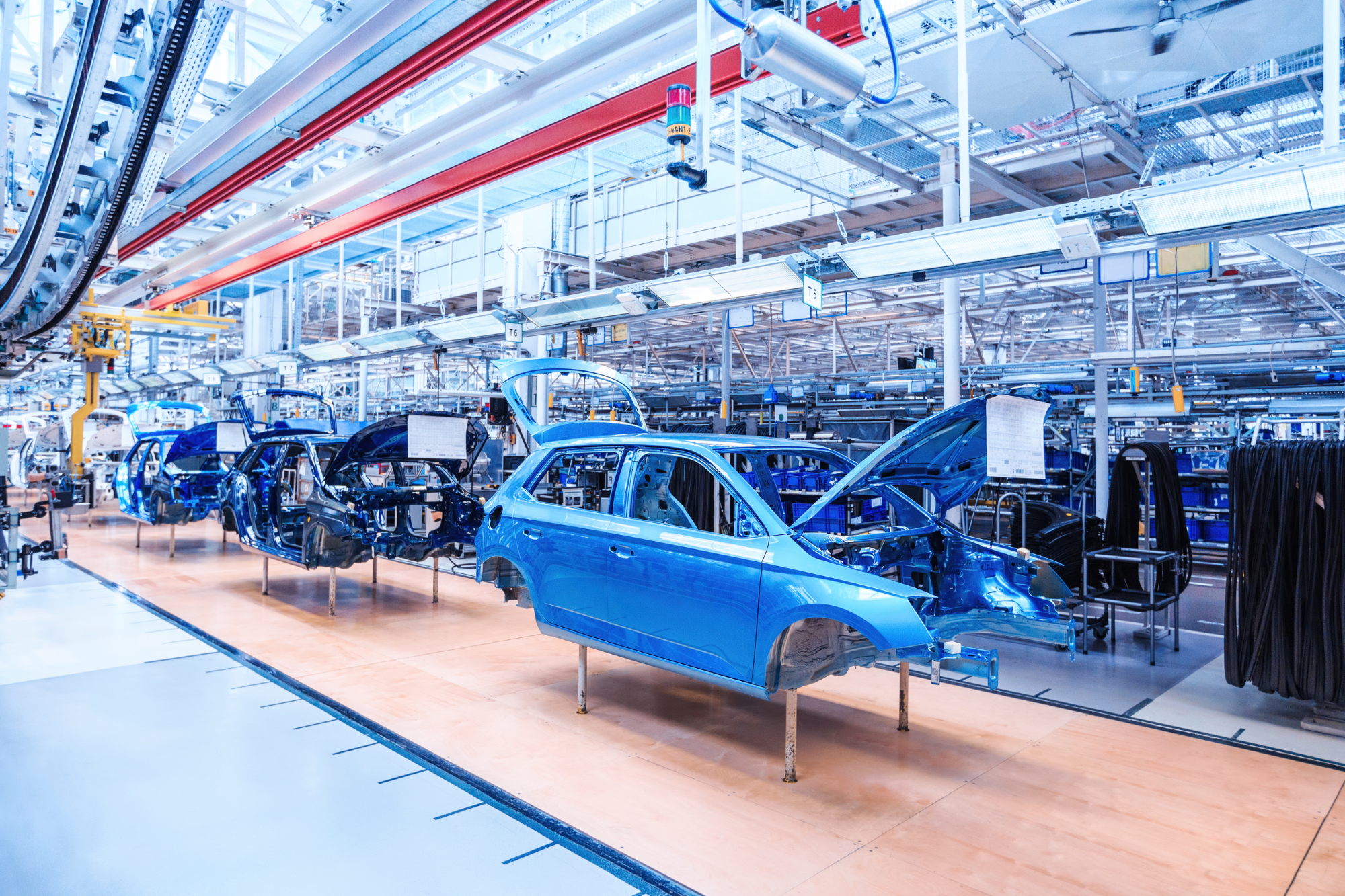Economic shifts, rising costs, and policy changes challenge the stability of middle-class Americans today

The American middle class is facing significant challenges driven by various economic trends. Factors such as wage stagnation, increasing housing and healthcare expenses, and the rise of automation are reshaping financial realities. Additionally, educational costs and shifts in the job market further strain household budgets, while globalization and wealth inequality create structural barriers, deepening the divide in economic opportunity.
1. Wage stagnation limits income growth for a significant portion of workers.

Wage stagnation refers to the flat or slow growth in workers’ incomes despite increased productivity. While living expenses climb, many middle-class earners find their salaries insufficient to meet rising costs, leaving them stretched thin financially in a world of increasing economic needs and responsibilities.
For instance, even with inflation adjustments, the purchasing power of many workers hasn’t significantly improved over decades. This phenomenon restricts economic mobility and narrows financial options for everyday expenses such as groceries and transportation, compounding the challenges for middle-class families striving for security.
2. Rising costs of housing squeeze budgets and increase financial strain.

The soaring costs of housing have increasingly put pressure on household budgets. With home prices and rents escalating faster than wages, many families allocate more of their income to just keeping a roof overhead, reducing their capacity to save or invest for the future.
As housing expenses consume a larger slice of paychecks, families often face tough choices between affordable housing and proximity to work or quality schools. This scenario limits access to opportunities, curbing financial progress and echoing through broader economic disparities across regions.
3. Automation and technology reshape job availability and required skills

Automation and advancing technology have drastically changed the landscape of many job sectors. Roles once secure are being overhauled or replaced by machines and algorithms, leaving workers needing skills updates to maintain employment or transition to new positions.
While automation can boost efficiency and reduce costs, it also demands a labor force adaptable to shifting demands. This transformation challenges workers to continuously learn and adjust, underscoring an evolving economy where technological proficiency becomes crucial for sustaining personal economic stability.
4. Shifts toward gig and contract work reduce income stability.

The trend toward gig and contract work has reshaped the traditional workforce. Steady, long-term employment often gives way to short-term assignments without the safety net of benefits or job security, presenting risks and unpredictability for middle-income earners.
While some appreciate the flexibility of freelance opportunities, the lack of consistent income and benefits like health insurance or retirement plans can destabilize financial planning. These conditions often leave gig workers vulnerable, struggling to weather economic fluctuations and secure pathways to upward mobility.
5. Educational expenses create barriers to advancing economic opportunities.

Rising educational expenses have created steep barriers for those seeking advancement. Tuition and related costs continue to escalate, limiting access to higher education and the opportunities it provides for better employment prospects and upward economic movement.
As potential students grapple with the hefty price tag of degrees, the burden of student loans looms large. For many, this financial hurdle effectively stalls career progress, making the dream of leveraging education for economic improvement a challenging reality to achieve.
6. Healthcare costs increasingly burden middle-class households’ financial health.

Healthcare expenses have surged, placing significant financial burdens on middle-class families. These costs often climb faster than wages, forcing families to reevaluate budgets and postpone or forgo necessary care, compounding stress on their fiscal stability.
Many households find themselves navigating insurance premiums, deductibles, and out-of-pocket expenses, which leave less room for savings and investments. This precarious balance challenges long-term financial health, illustrating a growing gap between essential healthcare needs and financial resilience.
7. Globalization changes manufacturing jobs, affecting local employment options.

Globalization has redefined manufacturing jobs, impacting local employment landscapes. As production relocates to regions with lower costs, domestic job opportunities in traditional sectors shrink, displacing workers and reshaping local economies reliant on industrial employment.
While globalization creates opportunities in some areas, it diminishes others, often disproportionately affecting communities centered around manufacturing. Workers face the challenge of transitioning into different industries, requiring retraining and adaptation, as the interconnected global market continually evolves with dynamic employment patterns.
8. Wealth inequality concentrates resources, limiting upward mobility prospects.

Wealth inequality consolidates resources in a way that curtails upward mobility. As wealth concentrates among a select few, the economic gap widens, impeding access to opportunities that enable individuals to improve their financial standing and ascend the economic ladder.
This consolidation impacts the middle class by diminishing the share of wealth available for public investments in education, infrastructure, and services. The resulting disparity fosters environments where economic advancement becomes increasingly challenging for those outside the top income brackets, entrenching stratification.
